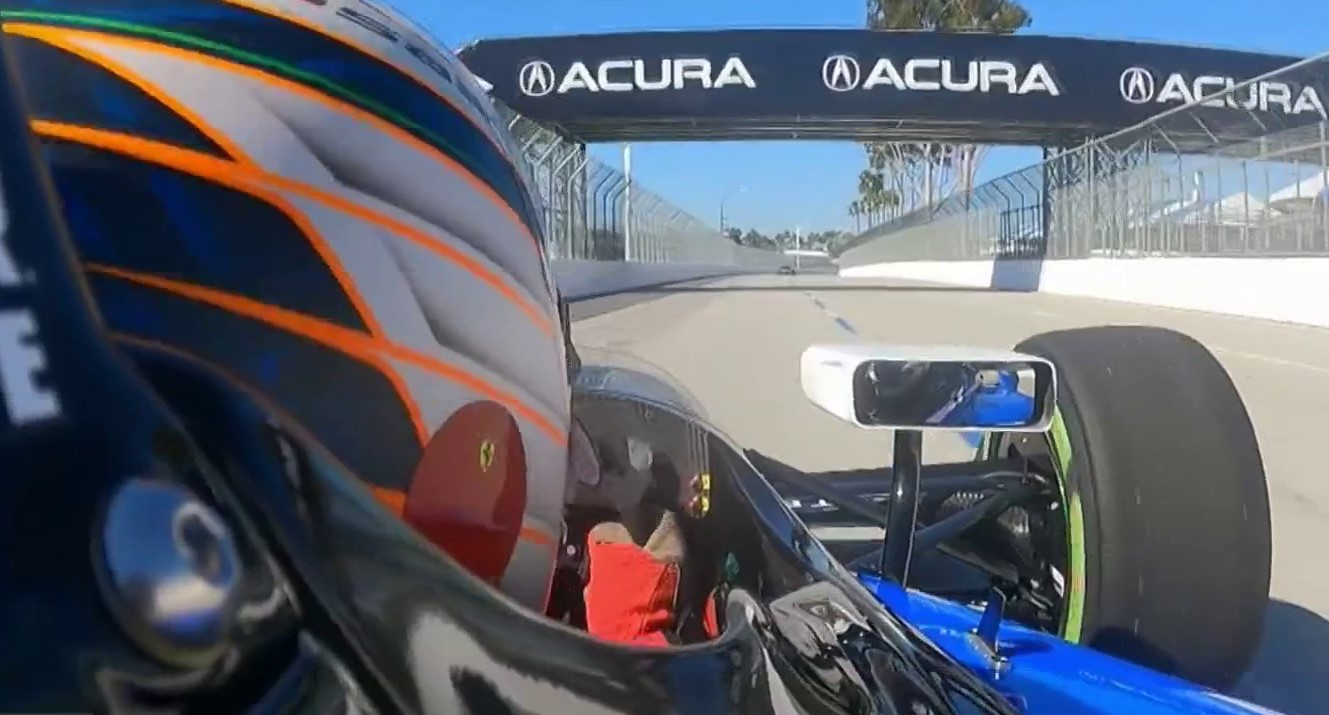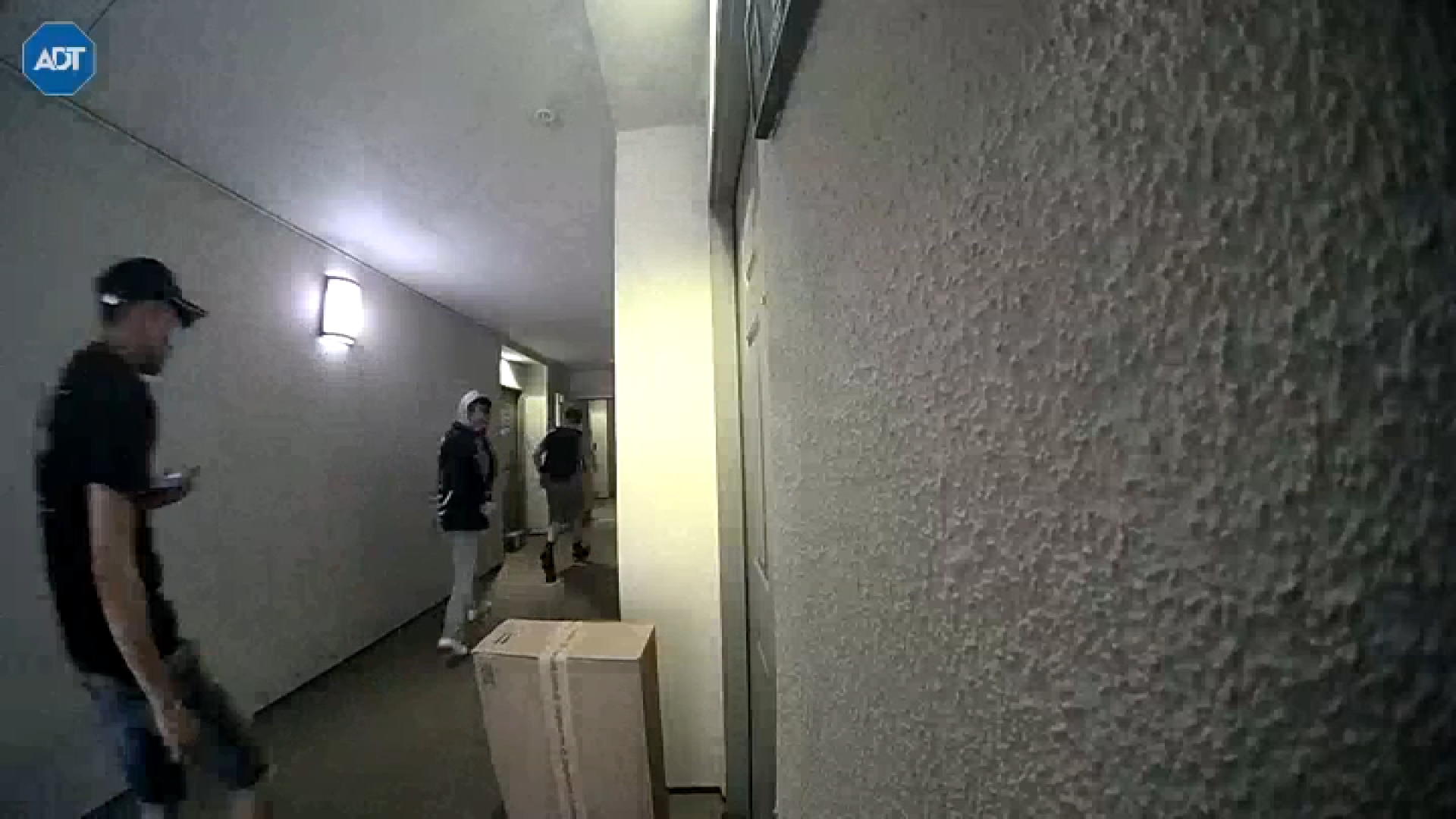Ground has finally been broken for the long-envisioned "Subway to the Sea," although a portion of its route through Beverly Hills remains in dispute.
The project will take decades of construction and billions of dollars to bring subway service as far west as Westwood and the Veterans Administration campus. Despite its moniker, the subway as laid out will stop three miles short of the Santa Monica shoreline. For the most part the line will run beneath Wilshire Blvd. , except where the line dips south for a station in Century City.
"I'm determined we will have the last bit of this open before I die," vowed Los Angeles Mayor Eric Garcetti at Friday's groundbreaking ceremony at the LA County Museum of Art near Fairfax, where there will be a station. Garcetti also serves as chairman of the board of the county's Metroplitan Transportation Authority (Metro), the project's developer.
Subway rails already extend west from downtown LA, but the Red LIne turns north at Vermont Ave, and the up-to-that-point parallel Purple LIne extends only slightly farther west into Koreatown, now coming to a dead end at Western Ave.
The first phase, budgeted at $2.8 billion, will take the Purple Line 3.9 miles farther down the stretch of Wilshire known as the "Miracle Mile," past the La Brea Tar Pits and Museum Row to La Cienega Blvd on the eastern side of Beverly Hills. Completion of this is targeted for 2023.
"It's going to take a while," said subway rider Wendy McKinney, who now takes the Purple LIne to her bartending job downtown. "But in the end I think it will be worth it."
Since construction began on LA's original subway line in the 1980's, the preference has been to locate later projects as above ground "light rail" lines, because the cost is so much less.
Local
Get Los Angeles's latest local news on crime, entertainment, weather, schools, COVID, cost of living and more. Here's your go-to source for today's LA news.
But consensus is that is not practical for the crowded Wilshire corridor, LA's main east west thoroughfare. Precisely because of its density of development and traffic, officials and planners selected it for the subway route west.
"It's the right orientation," said LA County Supervisor Zev Yaroslavsky. "And it's the right time, hopefully."
About half the funding will come from the half-cent on the dollar that voters added to sales tax when they approved Measure R in 2008. For the rest of the funding, the project relies mainly on federal money. A $1.25 billion federal grant for the first phase was approved last Spring. However, federal funding for later phases will require subsequent appropriations from Congress.
The increase in westside traffic the past few decades has increased demand for transportation alternatives. However, back in the 1980's there was widespread westside community opposition to a subway. After a 1985 explosion that damaged a clothing store was traced to build-up of underground methane gas, opponents deemed a subway too dangerous, and Congressman Henry Waxman (D-Los Angeles) pushed through a measure forbidding federal funding. Decades later, it was Waxman's initiative to undo the prohibition--citing technology to monitor and deal with underground methane--that enabled the project to move forward.
Rep. Waxman attended Friday's groundbreaking, hailing the project as a way to reduce traffic and pollution, and to improve qualIty of life. "LA is going to be dramatically changed," he said.
But one potential obstacle remains in Beverly Hills, where the City Council and Unified School District oppose the current route orientation that would pass beneath Beverly Hills High School. A lawsuit was filed challenging the project's environmental impact.
At issue is what path the subway takes from the station to be built at Wilshire and Rodeo Drive. Rather than the planned route, Beverly Hills officials prefer one in which the line heads north to Santa Monica Blvd, and then west to Century City, bypassing residential neighbohoods and the high school.
The issue had gone to mediation, and negotiators reached an agreement. The failure of Metro's board to approve it was criticized by the mayor of Beverly Hills in a statement released Thursday.
"We were very excited at the conclusion of the mediation that we had reached a framework for settlement and equally disapppointed by its later rejection by the Metro Board," stated Mayor Lili Bosse.
"Although we have been at times unfairly portrayed in the press as unreasonable, we were willing to work with the mediator to broker a solution that represented a true compromise," stated Noah Margo, Beverly Hills School Board President.
Friday's groundbreaking was attended by one member of the Beverly Hills City Council who sees no problems with the designated route and predicted his city ultimately will accept it. Because the subway will be located some 60 feet below ground level, it should not be a concern for those above, in the view of Councilman William Brien, MD.
'We will be a stronger city working with the surrounding communities," said Dr. Brien.
Target date to begin pre-construction work on the second phase of the Purple Line extension is 2017, which gives Metro three more years to come to terms with Beverly Hills and stay on schedule. Opening the line to Century City is targeted for 2026. Getting to the VA campus west of the 405 freeway is projected to take another nine years beyond that, to 2035. "
Former Los Angeles Mayor Antonio Villaraigosa was acknowledged Friday for his efforts to promote support for a "subway to the sea."
Whether ultimately the Purple Line will be extended that far is being left to future generations to decide. However, above ground rail transit to Santa Monica is scheduled to begin early in 2016, with completion of the Expo line from downtown via Exposition Park and Culver City.



